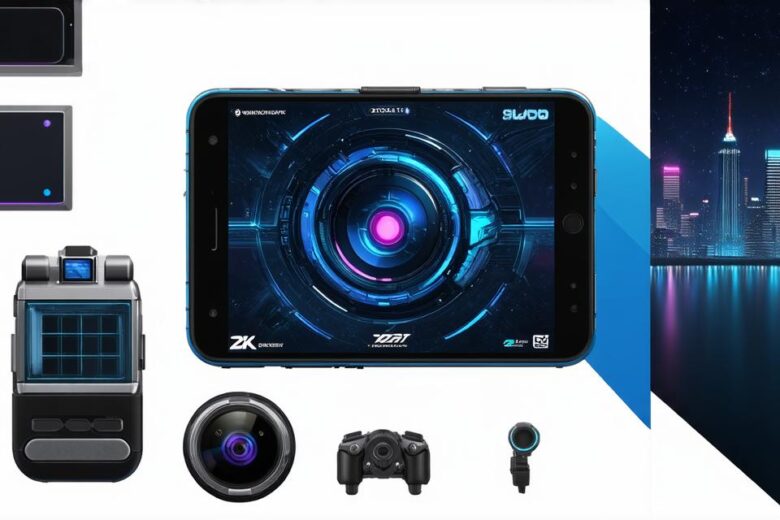As augmented reality technology continues to grow in popularity, many game developers are looking for new and innovative ways to incorporate AR into their games. Here are some tips on how to develop an augmented reality game that will capture the attention of players and drive engagement.
1. Define your audience
Before you start designing your AR game, it’s important to define your target audience. Are you creating a game for children or adults? What are their interests and hobbies? Once you have a clear understanding of your audience, you can create a game that is tailored specifically to their needs and preferences.
2. Choose your platform
There are many different platforms available for developing AR games, including Unity, Unreal Engine, and ARKit. Each platform has its own strengths and weaknesses, so it’s important to choose the one that best suits your needs and experience level.
3. Create an engaging storyline
One of the key elements of any successful game is a compelling storyline that keeps players engaged and invested in the game world. When developing an AR game, it’s important to create a narrative that is both immersive and interactive, allowing players to feel like they are truly a part of the game world.

4. Design interactive and intuitive controls
AR games require players to interact with their environment in new and unique ways, so it’s important to design controls that are both intuitive and responsive. This might include gesture-based controls, voice commands, or physical input devices like controllers or joysticks.
5. Incorporate social features
Social features like leaderboards, achievements, and multiplayer modes can help drive engagement and keep players coming back for more. When developing an AR game, it’s important to consider how you can incorporate these features in a way that feels natural and intuitive to your audience.
Case Study: Ingress
Ingress is a popular AR game that was developed by Google in 2013.
